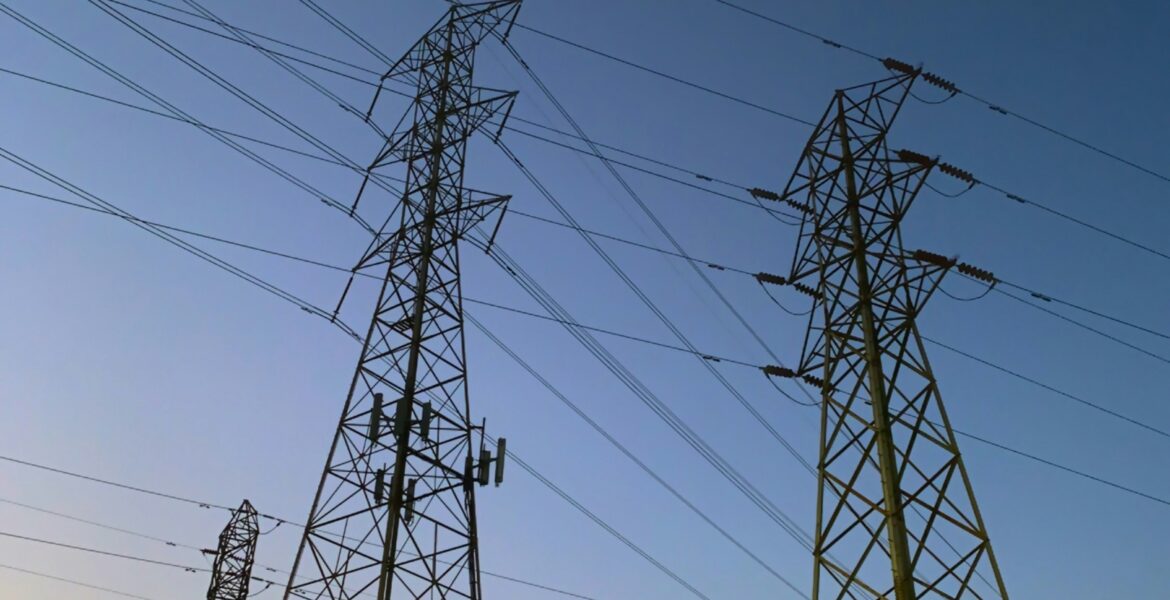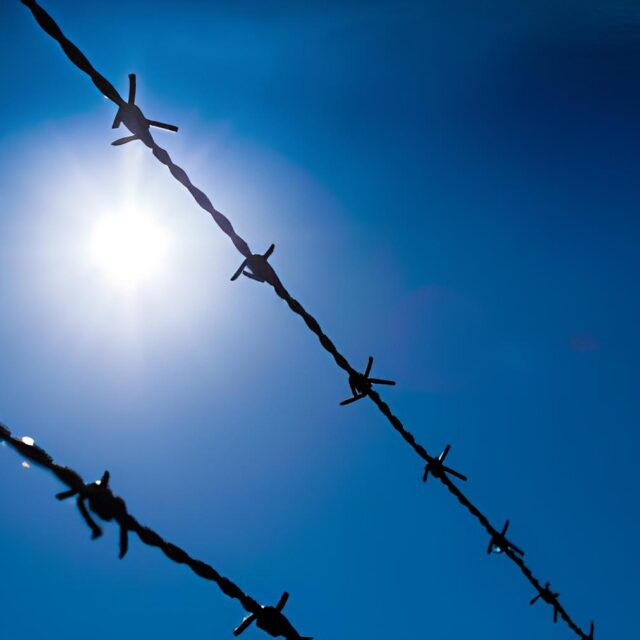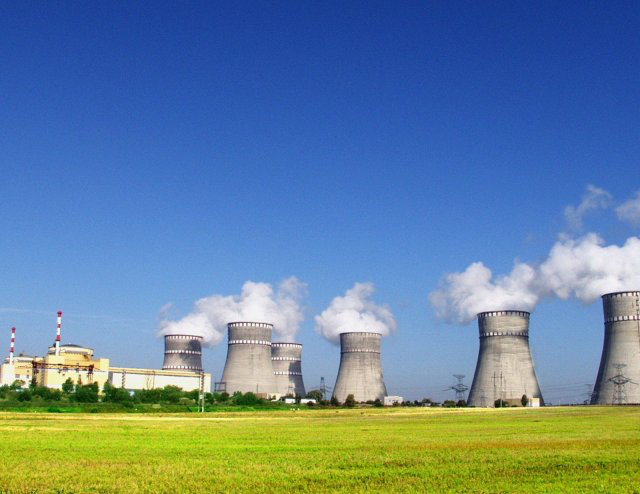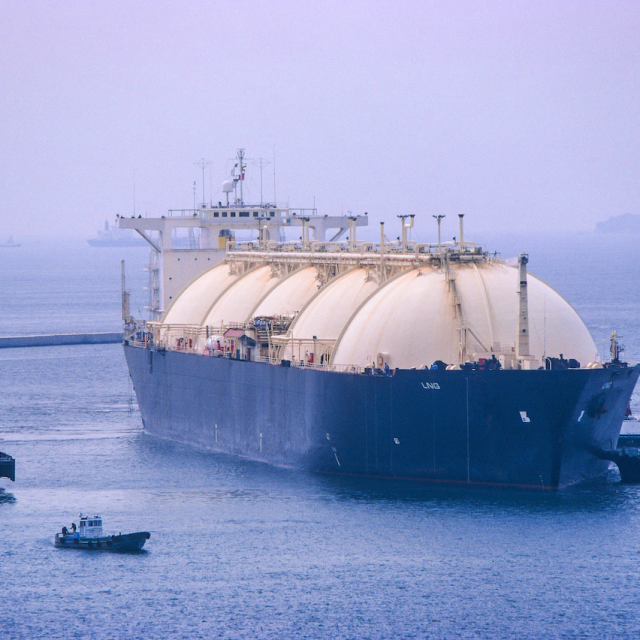Photo by Angel Riveros on Unsplash
This week marks the second anniversary of the successful emergency synchronisation of Ukraine’s and Moldova’s electricity grid to the Continental European Network.
The EU, on Monday, said the operation “is a very tangible example of the EU’s immediate support to Ukraine and Moldova in the aftermath of Russia’s invasion.”
“The synchronisation has been key to maintain operation of the Ukrainian network following what the EU calls “Russia’s relentless attacks targeting Ukrainian’s electricity supplies.”
It has, says the EU, helped keeping access to electricity, heat and hot water for millions of Ukrainians during the winter period.
Since the start of the war, the volume of electricity imports to Ukraine increased by more than 94% compared to 2021.
The synchronisation has also helped to ensure export revenues for Ukraine by enabling commercial trade flows whenever Ukraine was in electricity surplus.
On Monday, EU Commissioner for Energy Kadri Simson said: “The synchronisation of the grids two years ago was not only a very important achievement for securing energy supplies for Ukraine and Moldova.
“It was also a strong political symbol of our support, and that remains the case today.”
“Throughout the difficult two years of war in Ukraine, our cooperation with Minister Galushchenko and Ukrenergo has been seamless.”
“I want to pay tribute to the extraordinary efforts and skills of Ukraine in keeping the system running and carrying out repairs in the face of Russia’s targeted attacks against energy infrastructure.”
Two years after the emergency synchronisation, the interconnection is now permanent. At the end of 2023, ENTSO-E – the umbrella body of European Transmission System Operators, confirmed that the Ukrainian Transmission System Operator Ukrenergo had complied with all the requirements necessary to enable a permanent interconnection and it became a full member of ENTSO-E.
Over two years into the war, the EU says it “continues to do its utmost” to provide the necessary equipment for emergency repairs of critical energy infrastructure in Ukraine and, increasingly, equipment for decentralised electricity generation, such as mobile gas turbines and solar panels, as well as protective equipment.




